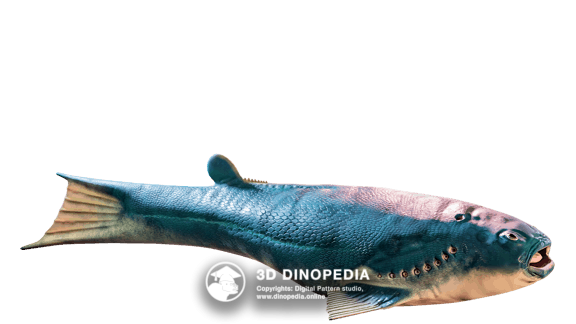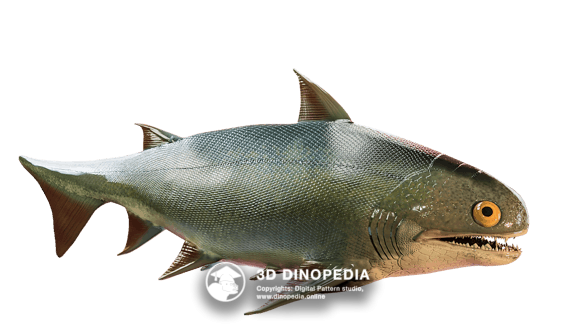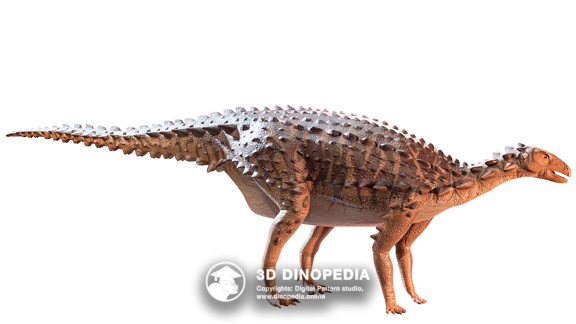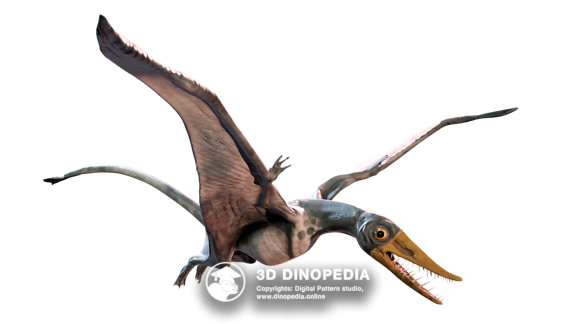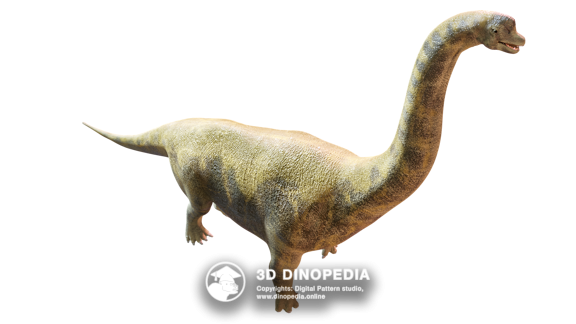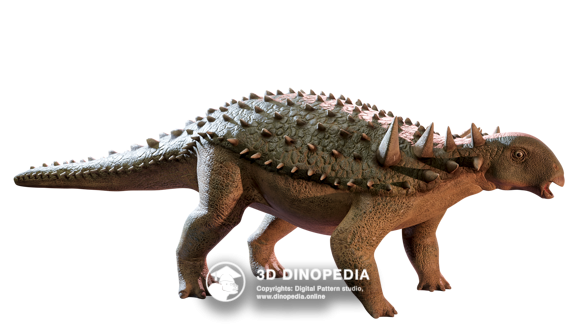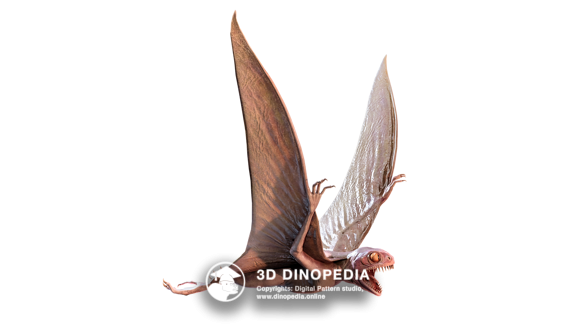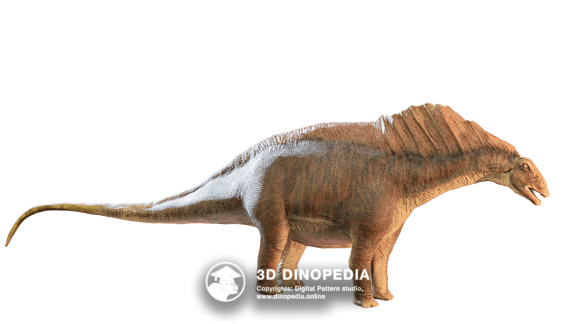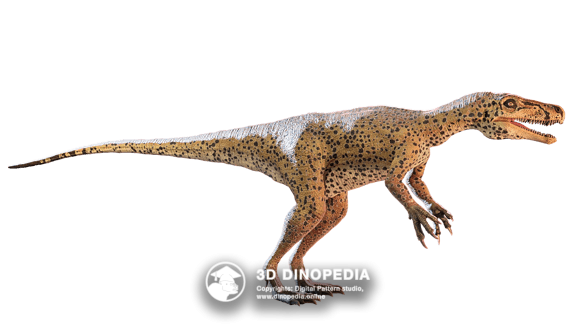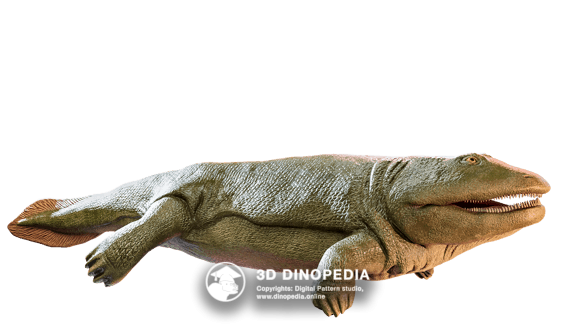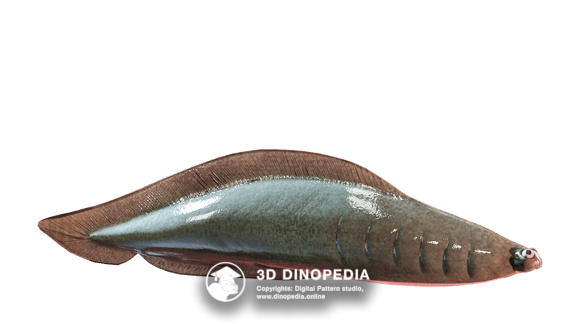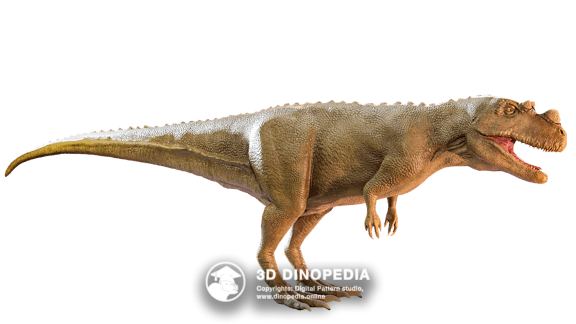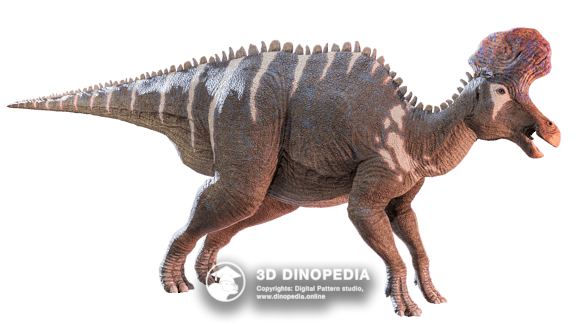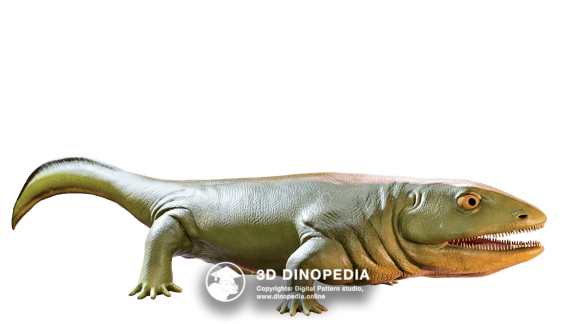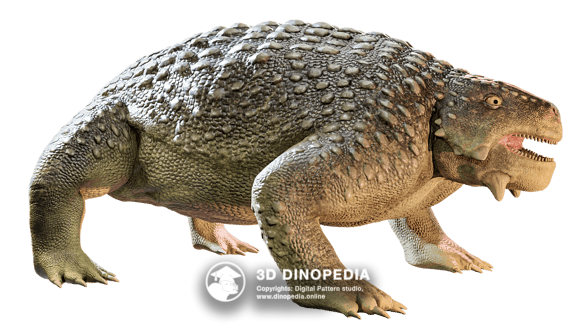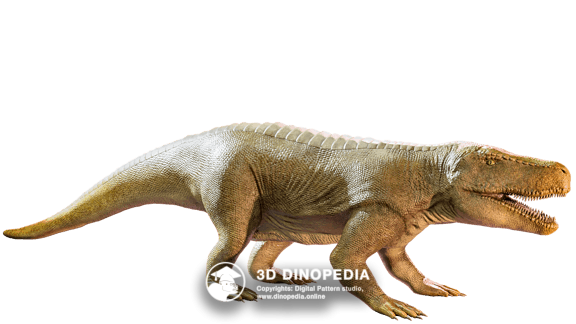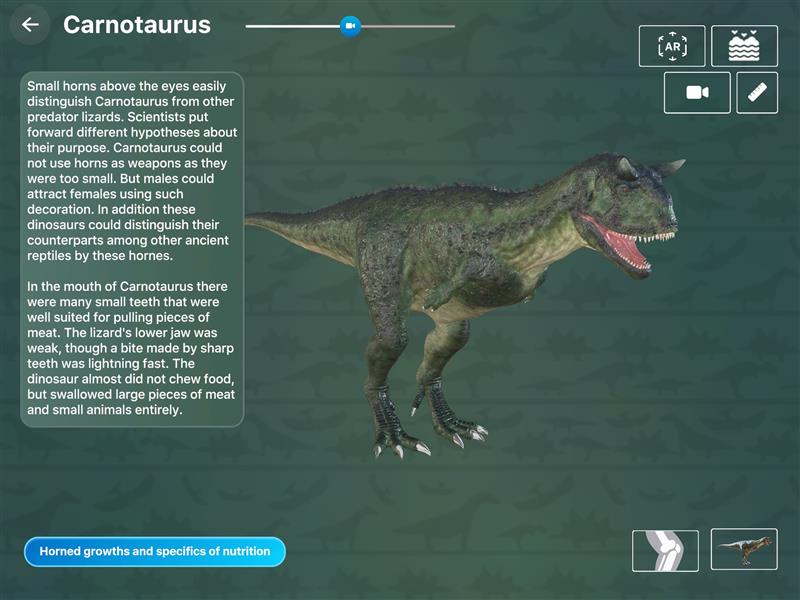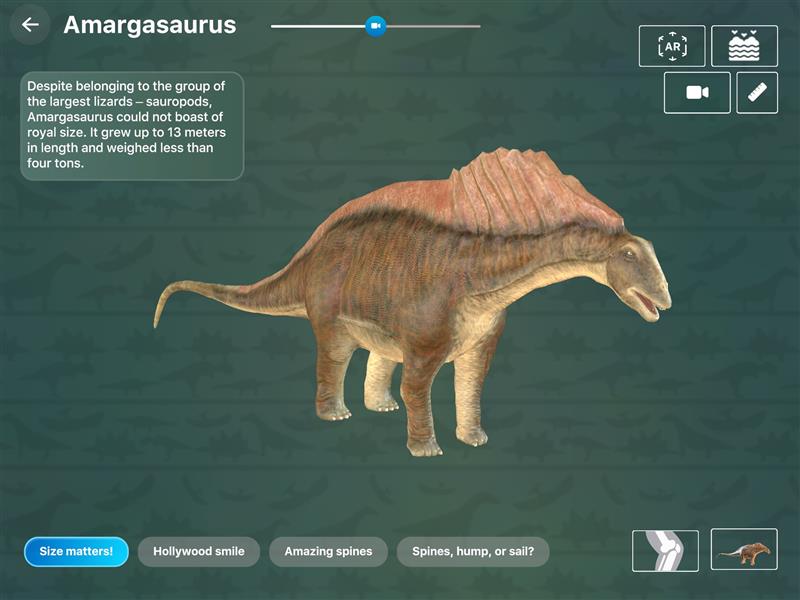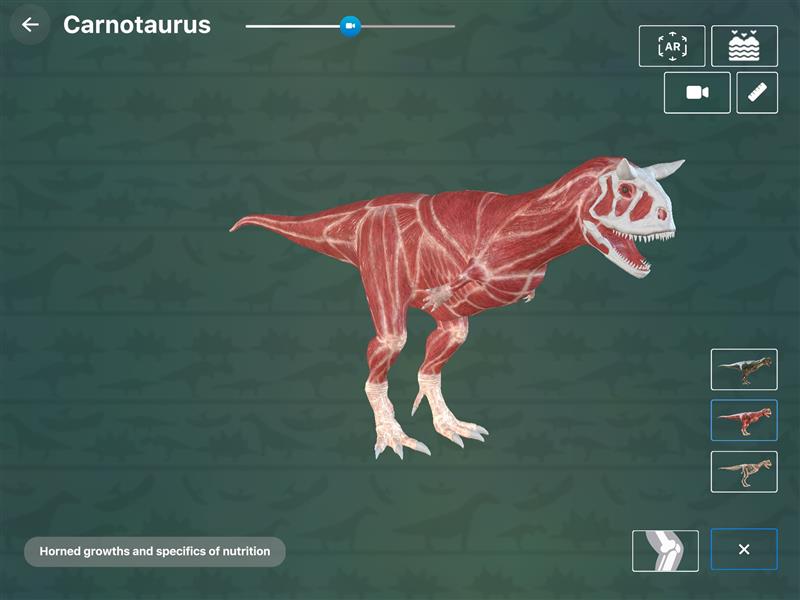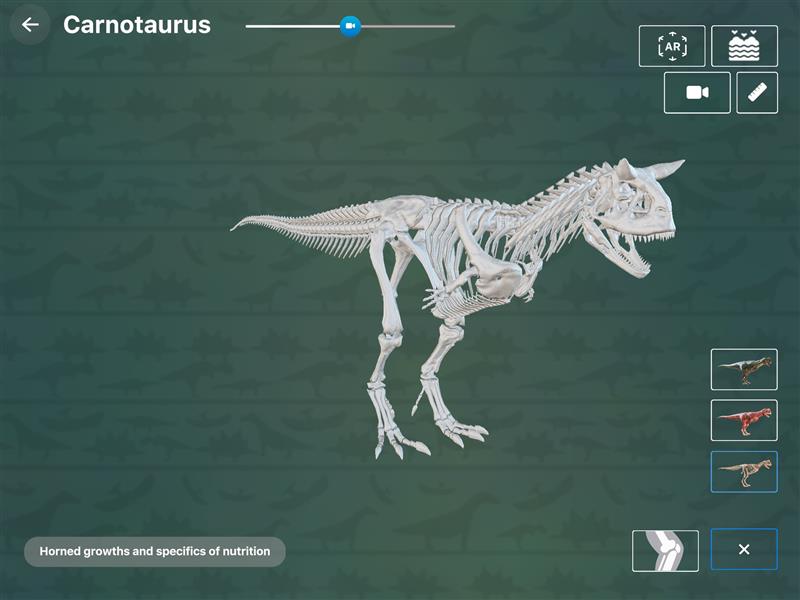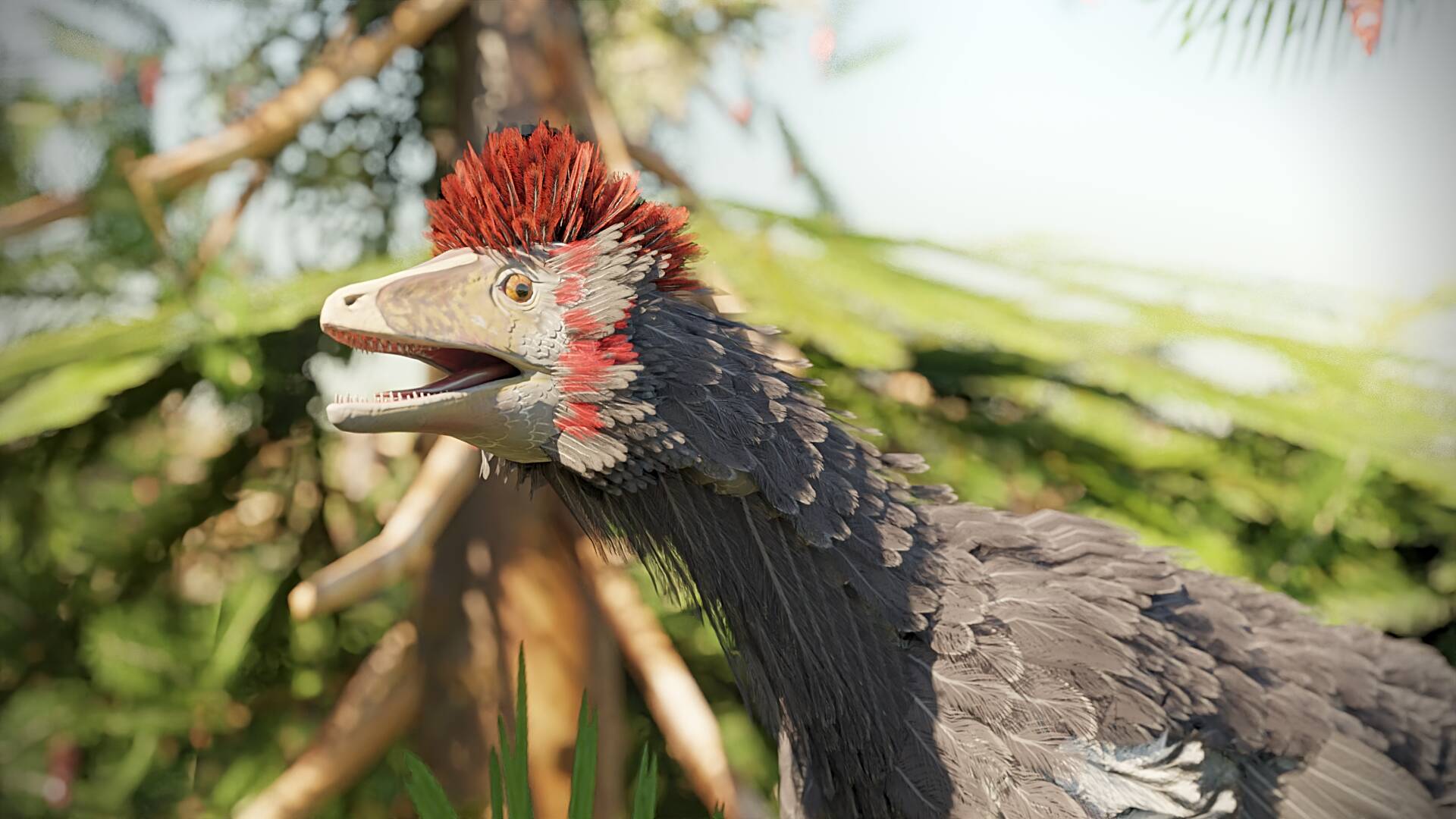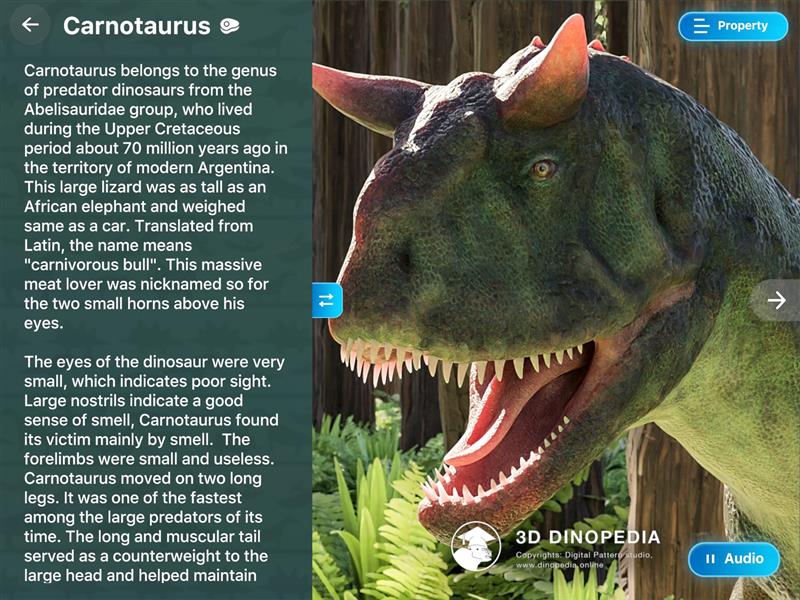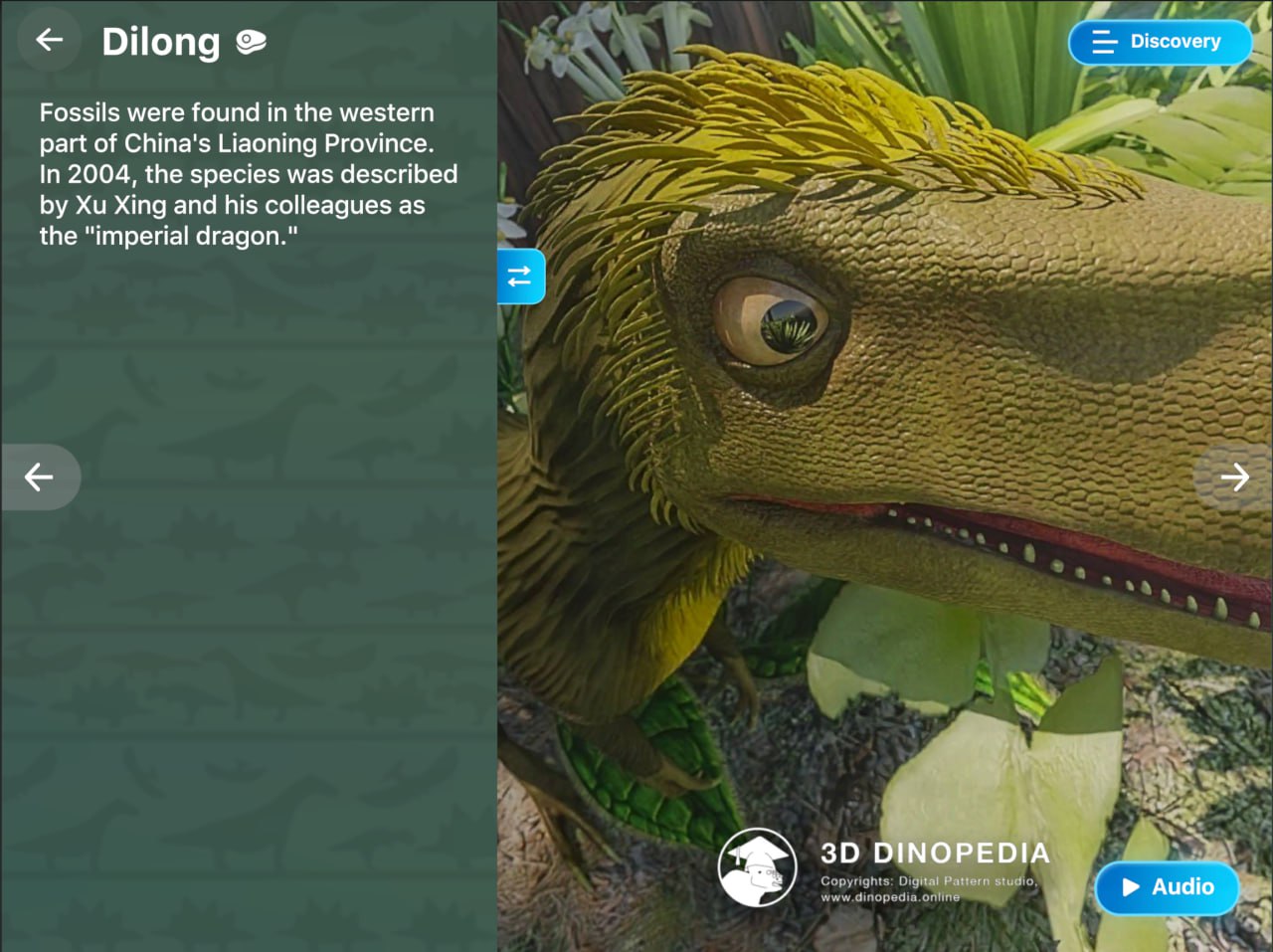Thelodus

Name meaning:
Nipple tooth
Period of life:
443 – 423 million years ago
Period:
Habitat:
Marine environment
Taxonomy:
Fish
Countries:



Meaning of the name: “Nipple tooth” — from the Greek thēlḗ (θηλή) “nipple” and odoús (ὀδούς) “tooth”.
Thelodus is a genus of extinct jawless fish that lived in the seas of the Silurian period. Fossils have been found across a wide area including Europe, Asia, and North America. Thelodus represents an important evolutionary stage in fish history, showing a transition to mid-water life and improved swimming abilities.
Generally small, these fish ranged from 5 to 15 cm in length. However, scales of Thelodus parvidens found in the UK are just 1 mm long; comparing them with other thelodonts (e.g., Loganellia) suggests a total body length of 10 – 30 cm. In contrast, Thelodus macintoshi from Canada had scales up to 3 mm long, and its overall length is estimated at up to 1 m!
The body was covered with small, non-overlapping scales adorned with spines and grooves. Unlike the heavy armour of some other ancient fish, these lightweight scales gave Thelodus greater manoeuvrability and speed — evolution clearly chose agility over defence.
A well-developed caudal (tail) fin provided propulsion, while a dorsal fin acted as a stabiliser. Rudimentary paired pectoral fins were also present. Lacking jaws, Thelodus could not bite hard food. Its body was flattened on top, typical of bottom-dwelling fish. It probably fed on plankton and tiny invertebrates near the sea floor.
Discussions
Other animals
 INTERESTING FACTS
INTERESTING FACTS
 PUZZLES
PUZZLES
 HOME
HOME
 3D MODEL "SKIN"
3D MODEL "SKIN"
 3D MODEL "MUSCLES"
3D MODEL "MUSCLES"
 3D MODEL "SKELETON"
3D MODEL "SKELETON"
 VISION
VISION
 NEIGHBORS
NEIGHBORS
 VOICE ACTING
VOICE ACTING
 AR - MODE
AR - MODE
 GALLERY
GALLERY
 HISTORY OF DISCOVERIES
HISTORY OF DISCOVERIES
